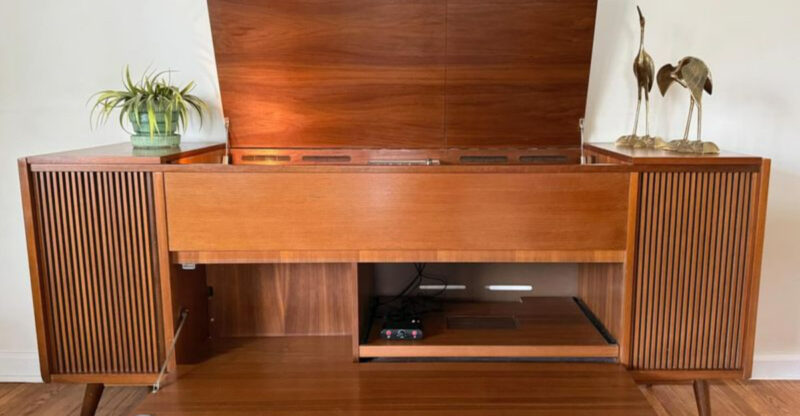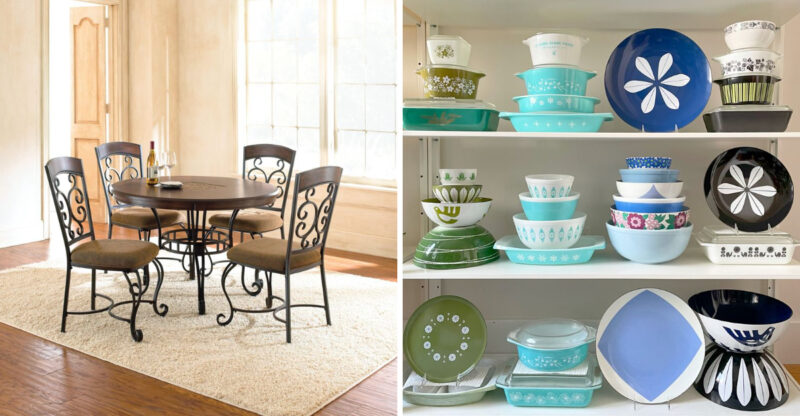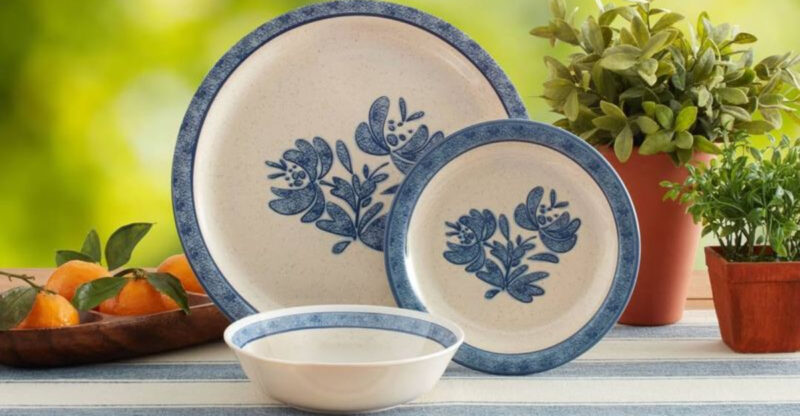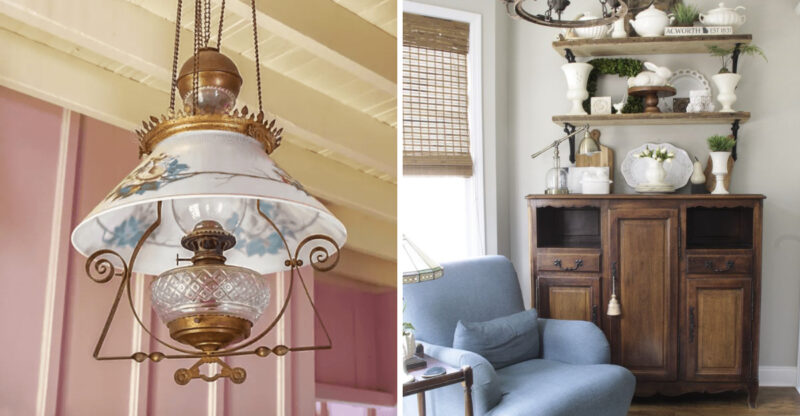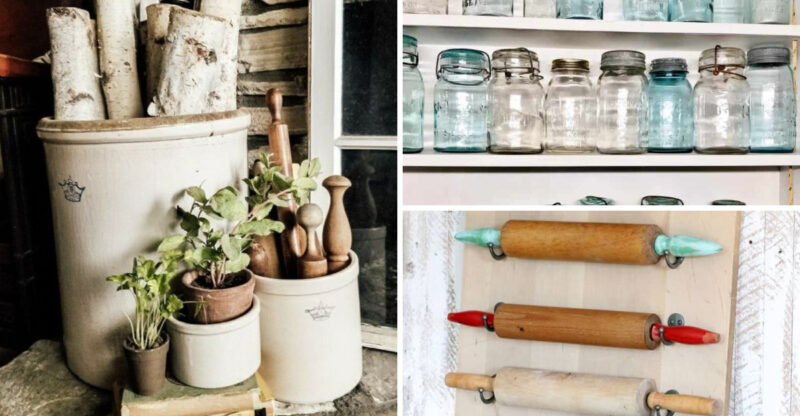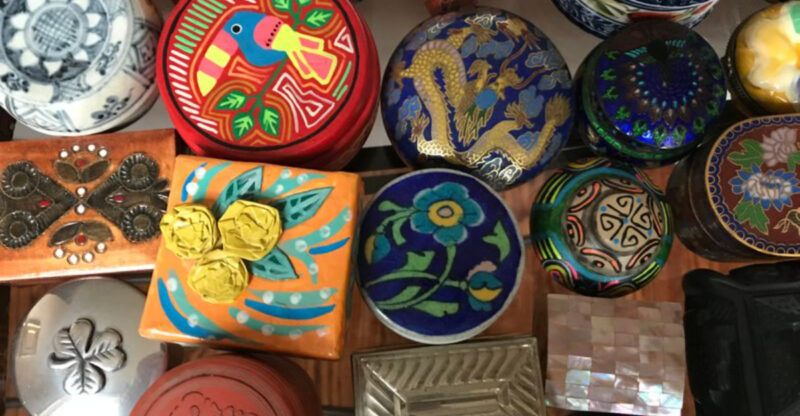10 Types Of Antiques That Lose Value Over Time And 6 That Are Now Totally Worthless
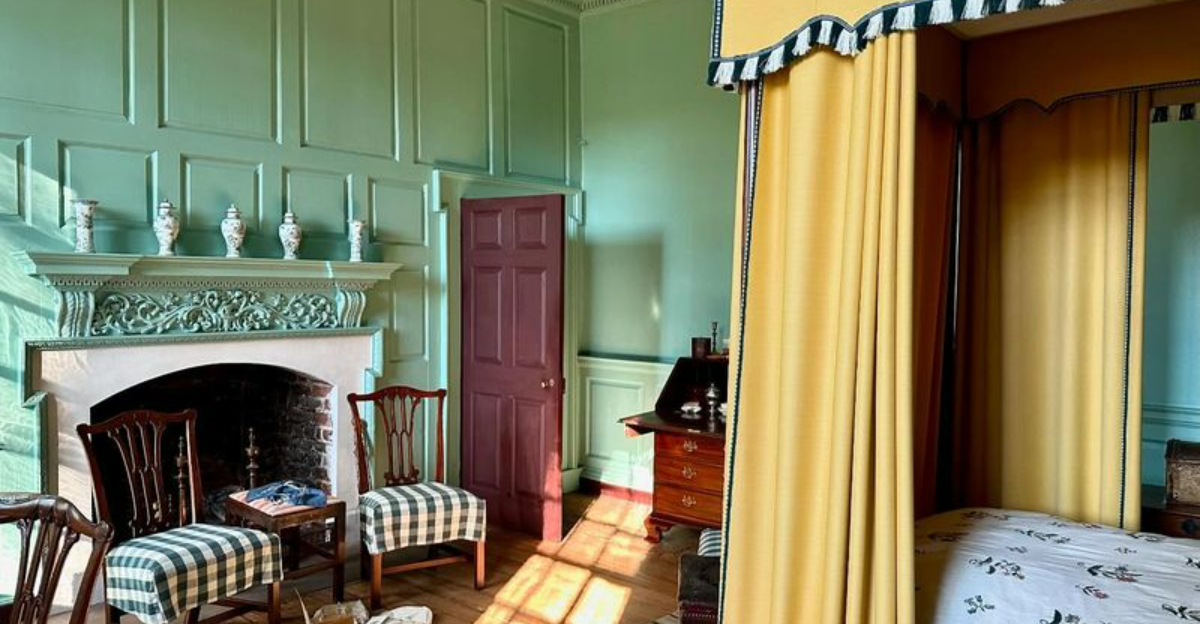
Antique collecting can be tricky business these days. What was once a treasure might now be gathering dust, with price tags dropping faster than you’d expect. The market for old items has changed dramatically, with some pieces losing value while others have become completely worthless.
Let’s explore which antiques you might want to think twice about holding onto for future profit.
1. Delicate porcelain figurines with fading paint
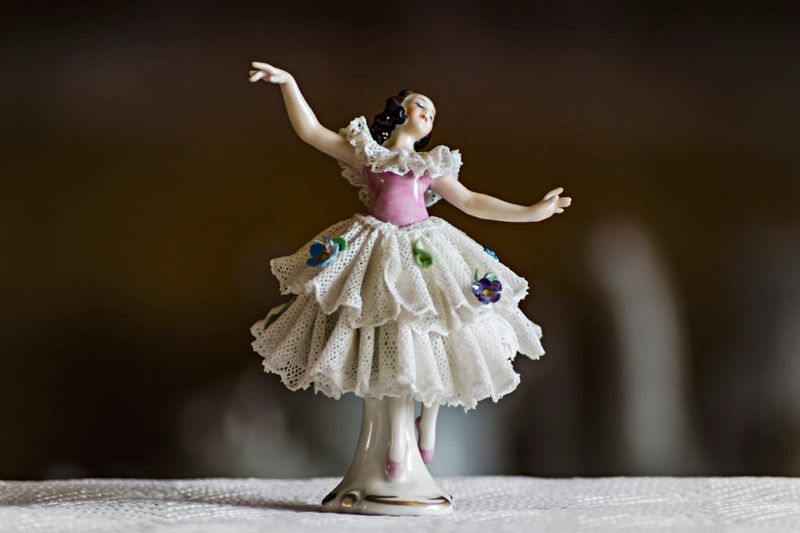
Remember those dainty porcelain dancers and shepherdesses that Grandma kept in a glass cabinet? Their once-vibrant colors now look washed out, and collectors have largely moved on.
Modern decorating styles favor minimalism over these fussy figurines. Even worse, reproduction pieces flood the market, making authentic items harder to distinguish and less valuable.
Chips, cracks, or repairs dramatically decrease their worth, sometimes by up to 90%. Unless your figurine is from a prestigious maker like Meissen or has historical significance, don’t expect it to fund your retirement.
2. Heavy, dark-stained Victorian furniture
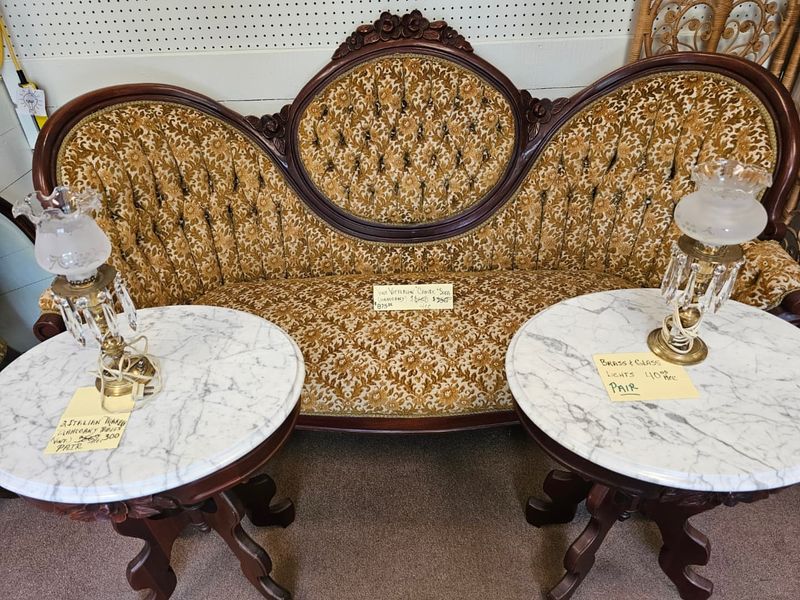
Those massive mahogany dining tables and ornate sideboards that once commanded premium prices have fallen dramatically out of favor. Today’s homeowners simply lack the space for these behemoths.
Moving companies charge extra for these heavy pieces, adding another barrier to ownership. The dark wood and ornate carvings clash with contemporary design trends that emphasize light, airy spaces.
What might have fetched thousands at auction twenty years ago might now sell for just a few hundred dollars. Even antique dealers often refuse these pieces due to storage costs and slow turnover.
3. Silver-plated serving trays and tea sets
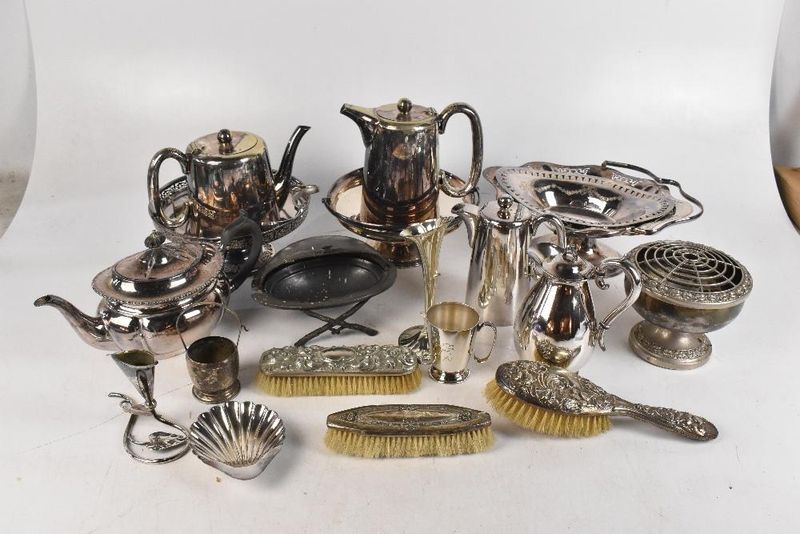
Grandma’s prized silver-plated tea service isn’t the treasure you might think. Unlike sterling silver, which holds value for its metal content, silver plate is merely a thin coating over cheaper metal.
Years of polishing wear away this thin silver layer, revealing the base metal underneath. Modern lifestyles have eliminated formal tea services from most homes, creating a surplus of these items on the market.
Younger generations view these pieces as high-maintenance relics requiring constant polishing. When silver plate does sell, it typically brings just 10-20% of what comparable sterling pieces command.
4. Common glassware with chipped edges
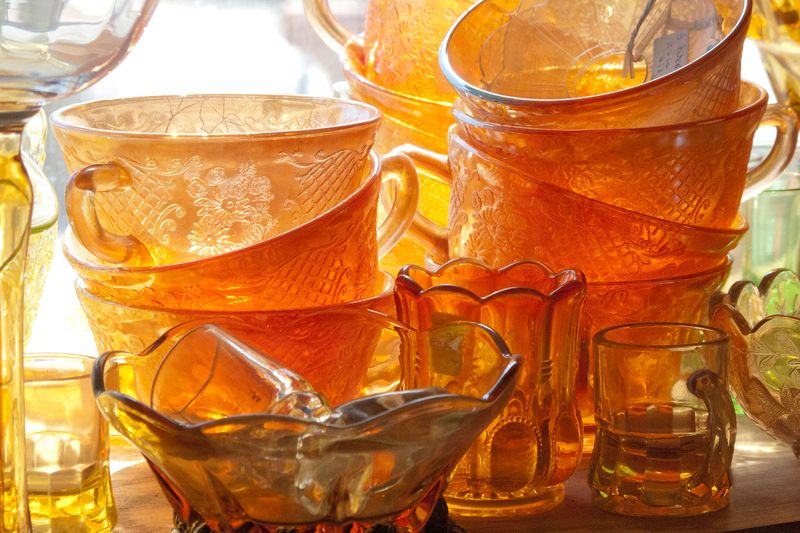
Found a box of old drinking glasses in the attic? Don’t get too excited. Common Depression glass and everyday crystal from the mid-20th century has plummeted in value, especially with damage.
Mass production means these pieces were never truly rare, despite what some sellers claim. Any chips, cracks, or excessive cloudiness make these items practically worthless on today’s market.
Younger collectors show little interest in formal entertaining sets that can’t go in the dishwasher. Even perfect examples of ordinary patterns might sell for just a few dollars per piece at estate sales, compared to the hundreds they commanded in the 1990s collecting boom.
5. Worn tapestry upholstery on chairs or sofas
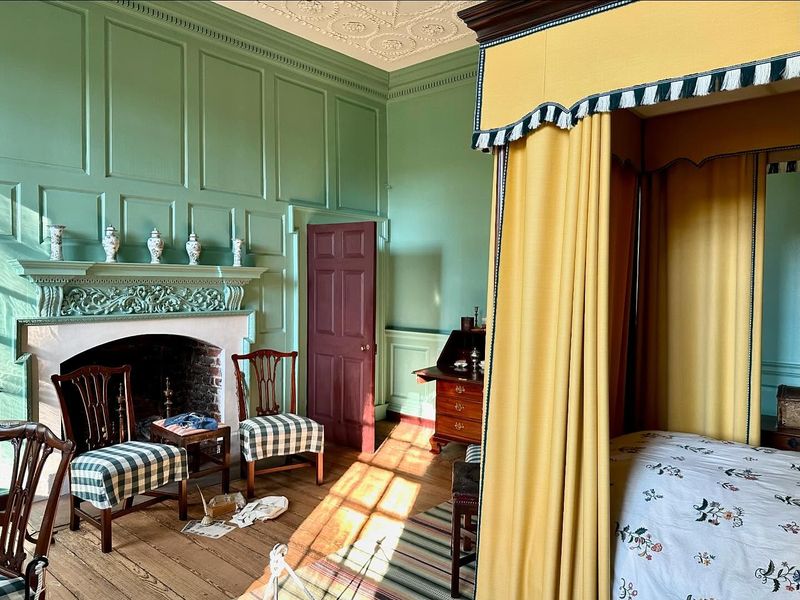
Faded floral scenes and hunting motifs on old chairs might seem charming, but they’re major value-killers in today’s market. Reupholstering these pieces costs more than buying new furniture in many cases.
Worn fabric raises concerns about hidden issues like mold, odors, or insect damage. The formal, stuffy look of tapestry upholstery conflicts with casual modern living spaces.
Buyers typically discount these pieces heavily, calculating reupholstery costs into their offers. Unless the frame is by a recognized maker or has exceptional craftsmanship, expect offers of pennies on the dollar compared to their original value.
6. Ornate mantle clocks with broken mechanisms

That impressive marble clock gathering dust might look valuable, but appearances deceive. Non-working clocks require specialized repairs costing hundreds or even thousands of dollars.
Few technicians can properly service antique clock movements today. Many parts must be custom-fabricated, further increasing restoration costs.
Modern homes rarely feature mantles for these timepieces anyway. Unless your clock bears a prestigious maker’s name like Seth Thomas or Ansonia and retains its original finish and components, it likely holds more sentimental than monetary value. Damaged examples often sell for less than $100, regardless of their age.
7. Mass-produced ceramic collectibles
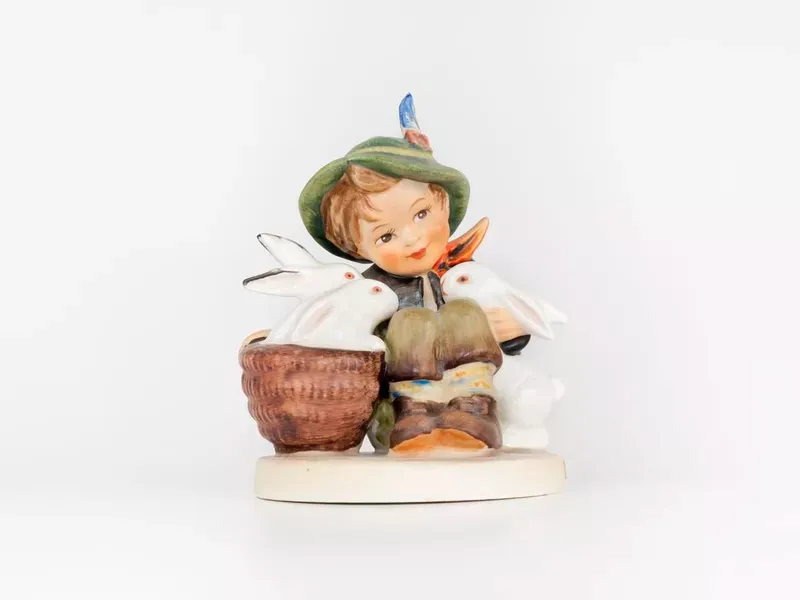
Those cute Hummel figurines and Bradford Exchange plates that were marketed as “investments” have crashed in value. What cost $50-100 new might fetch just $5-10 today, if they sell at all.
Collector plates, limited editions, and commemorative ceramics flooded the market in the 1970s-1990s. Baby boomers are now downsizing, creating a surplus with few younger buyers interested.
Storage units across America hold these once-prized collections that heirs don’t want. Even charity shops sometimes refuse these items due to low demand. The “limited editions” were typically produced in the tens of thousands, making them far from rare.
8. Outdated crystal chandeliers
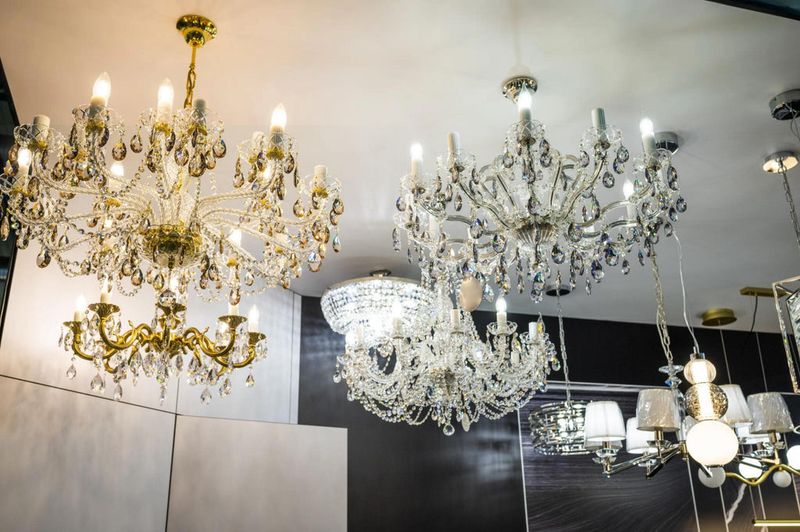
Crystal teardrops catching the light once signified luxury, but these formal lighting fixtures have lost their sparkle in the real estate market. Modern homes feature open floor plans with higher ceilings unsuited to traditional chandeliers.
Rewiring these fixtures to meet current electrical codes adds significant expense. The formal dining rooms these pieces were designed for have disappeared from many newer homes.
Heavy, ornate designs from the 1960s-1980s particularly struggle to find new homes. Energy efficiency concerns further reduce appeal, as these fixtures typically require numerous bulbs. What once sold for thousands might now bring just a couple hundred dollars.
9. Faded floral-patterned rugs
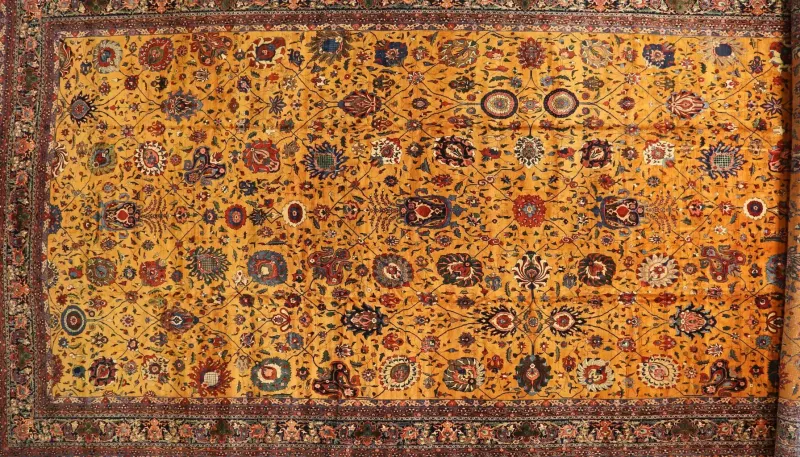
Grandma’s rose-covered carpet that once seemed so fancy now actively decreases home value. Interior designers cringe at these dated floor coverings that make spaces look smaller and darker.
Faded colors and worn pile make these rugs look shabby rather than chic. Concerns about allergens trapped in old carpets further decrease desirability.
Modern homeowners prefer hardwood floors with simple, geometric area rugs. Unless your floral carpet is a genuine hand-knotted Persian or Turkish rug of exceptional quality, expect minimal interest from buyers. Machine-made examples from the mid-20th century often end up in landfills rather than new homes.
10. Old sewing machines in poor condition
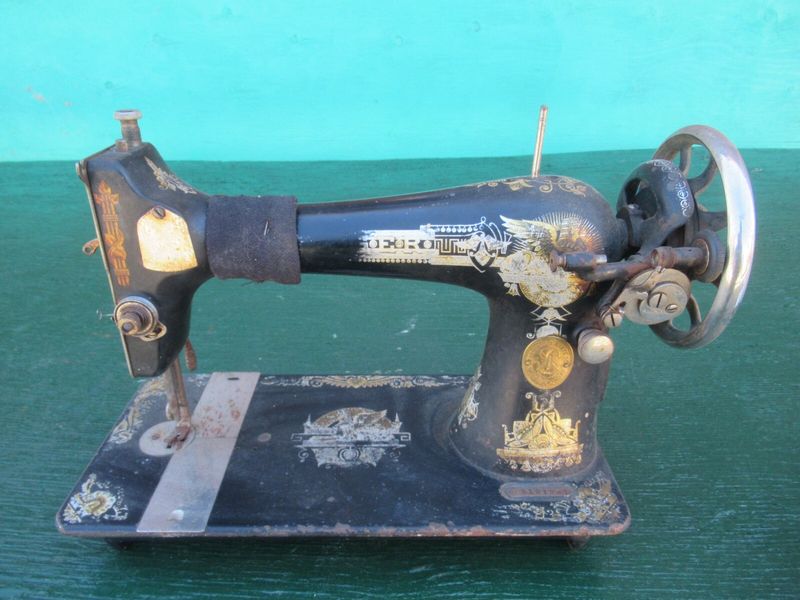
That heavy black Singer in your basement isn’t the goldmine you might hope. While a few rare models command high prices, most vintage sewing machines have minimal value, especially in non-working condition.
Rust, seized mechanisms, and missing parts plague many old machines. The cabinets, often damaged by moisture or improper storage, may contain hazardous materials like asbestos in older models.
Converting these machines for display purposes has become a Pinterest trend, further flooding the market. Unless you have an extremely rare model or one in pristine condition with original accessories, expect offers in the $20-50 range rather than the hundreds or thousands some online sellers claim.
11. Cracked or chipped porcelain vases
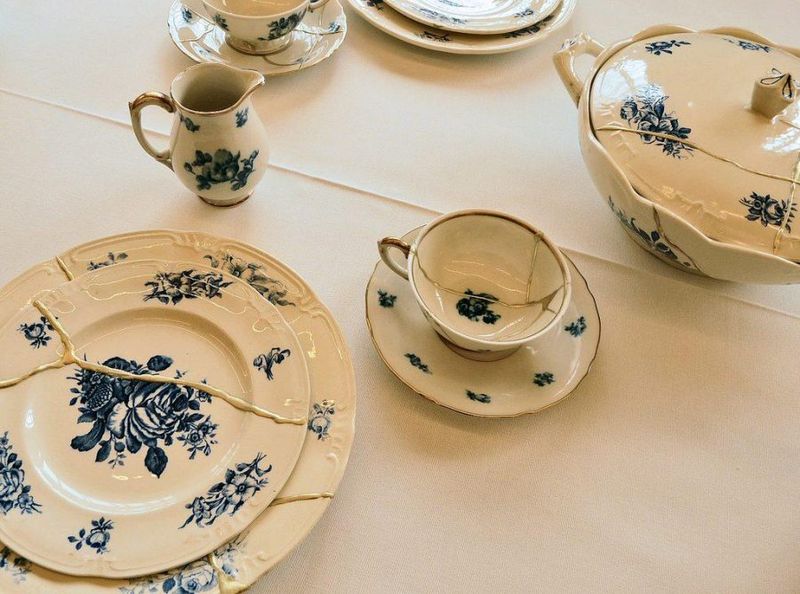
That hairline crack running down your heirloom vase isn’t just an imperfection—it’s a value eliminator. Damage to porcelain is permanent and usually impossible to repair invisibly.
Professional restoration can cost more than the value of ordinary pieces. Even invisible repairs must be disclosed to buyers and significantly impact resale value.
Collectors seek perfect examples, passing over damaged pieces entirely. What might be worth hundreds or even thousands in perfect condition becomes virtually worthless with damage. Even reputable auction houses typically refuse to accept cracked porcelain except from the most prestigious makers, and even then at drastically reduced estimates.
12. Non-working vintage radios or phonographs
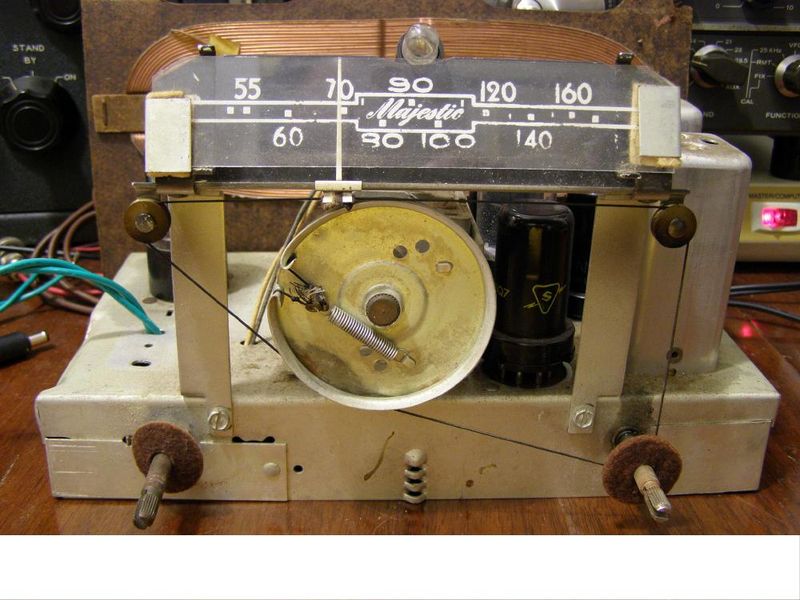
That beautiful wooden radio cabinet might look impressive, but without working electronics, it’s essentially decorative furniture. Repairs require specialized knowledge that’s becoming increasingly rare.
Parts for these devices are nearly impossible to find, often requiring custom fabrication. Safety concerns with old wiring make many people hesitant to plug in vintage electronics even if repaired.
Streaming services have eliminated practical need for these devices beyond nostalgia. Only exceptional examples from the 1920s-1940s in working condition hold significant value. The majority of mid-century models in non-working condition sell for $25-75 regardless of their original cost or craftsmanship.
13. Worn wooden trunks with missing hardware
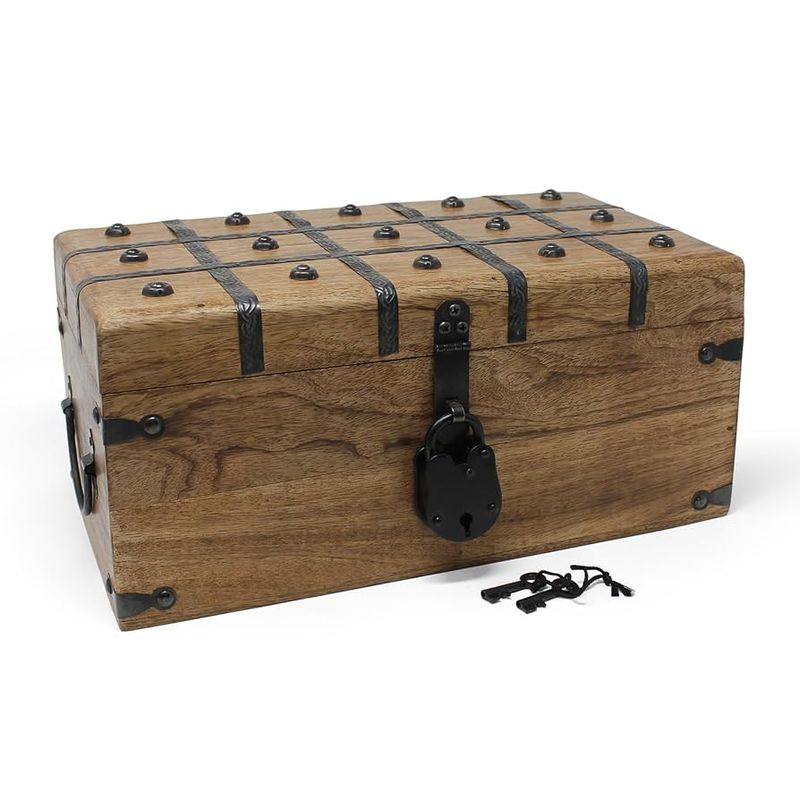
Old steamer trunks evoke romantic notions of transatlantic voyages, but the reality is less glamorous. Missing locks, handles, and interior components destroy collector value.
Musty odors from decades in damp basements or attics persist despite cleaning. Refinishing these pieces improperly can destroy what little value remains.
Reproduction trunks flood the market, making authentication difficult. While perfect examples from luxury makers like Louis Vuitton command premium prices, ordinary trunks with damage or missing parts typically sell for $50-100 at best. Many end up repurposed as coffee tables after failing to sell as collectibles.
14. Damaged silverware sets
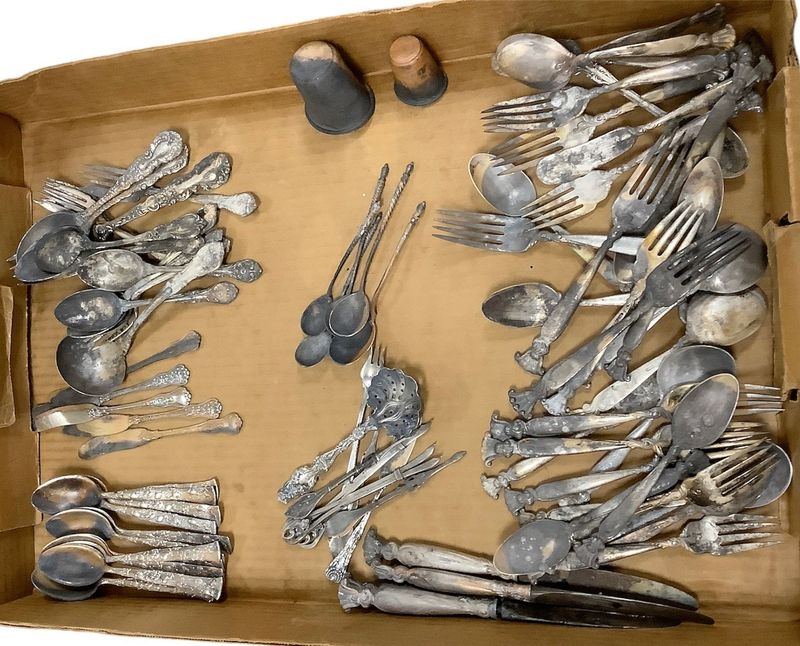
Finding Grandma’s sterling silver flatware with bent tines, knife blades separated from handles, or missing pieces? Unfortunately, damaged silver has plummeted in value beyond just its metal content.
Complete matching sets command premiums that incomplete ones cannot. Repairs to silver are expensive and often unsuccessful, particularly for knife blades that have separated from their handles.
Modern entertaining styles have eliminated formal place settings from most homes. While undamaged sterling retains some value based on silver content (typically 15-20% above melt value for ordinary patterns), damaged pieces are often worth only their weight in silver. Common patterns with damage might sell for just 70-80% of their melt value.
15. Faded or torn embroidered linens
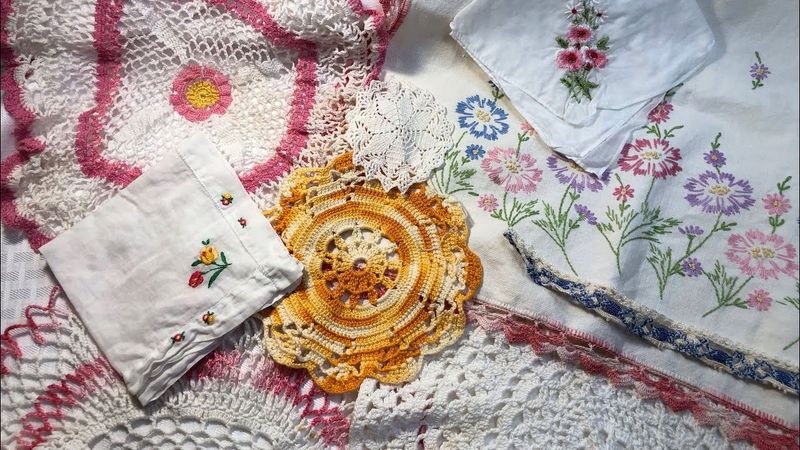
Handstitched tablecloths and napkins once represented countless hours of skilled needlework. Today, these items typically sell for less than machine-made new equivalents despite their craftsmanship.
Yellowing, stains, and frayed edges plague many vintage textiles. Modern washing machines have made caring for delicate linens seem too labor-intensive for most households.
Formal dining has declined, eliminating the need for elaborate table settings. Even perfect examples of hand-embroidered linens typically sell for just $10-30 per piece at estate sales. Damaged examples often go unsold entirely or sell for nominal amounts to fabric crafters who repurpose the salvageable portions.
16. Broken ceramic lamps with frayed wiring
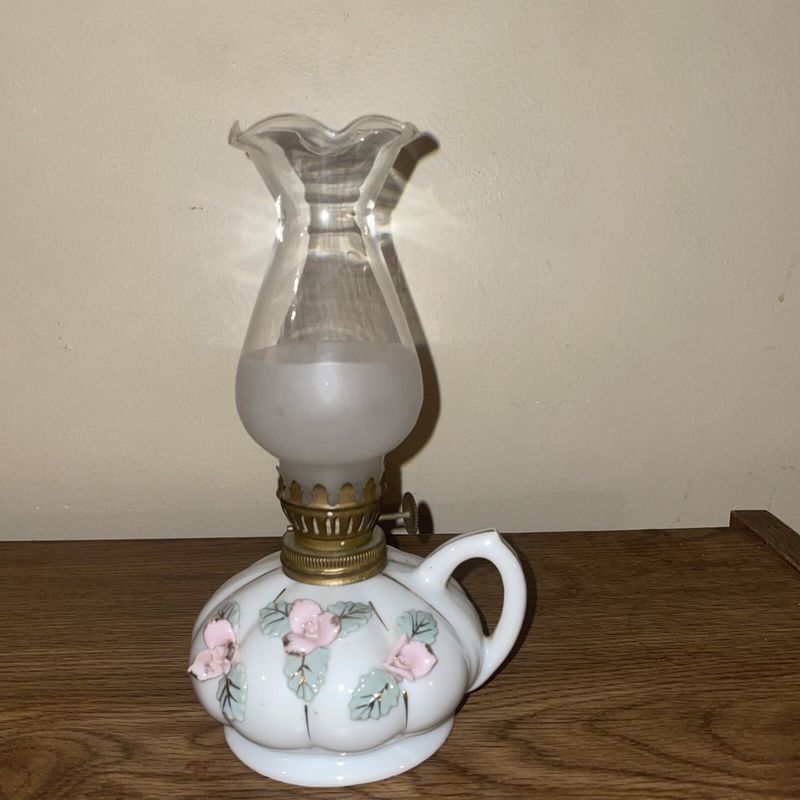
Vintage ceramic lamps with chips, cracks, or electrical issues have virtually no resale value today. Rewiring costs often exceed $50-75 per lamp, more than many are worth even when working.
Safety concerns with old wiring make these pieces liability risks. Modern UL safety standards have made many vintage lamps technically unusable without significant updating.
Dated styles and colors further decrease appeal to contemporary buyers. Only exceptional examples from recognized art pottery makers hold value when damaged. The majority of mid-century ceramic lamps with damage sell for $10-25 if they sell at all, regardless of their age or original quality.

